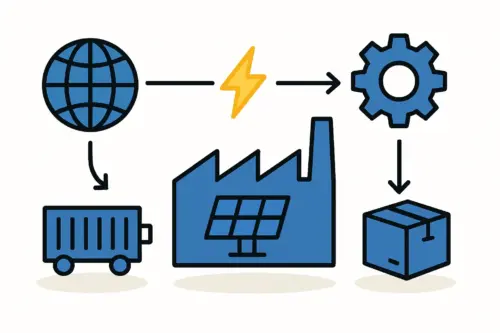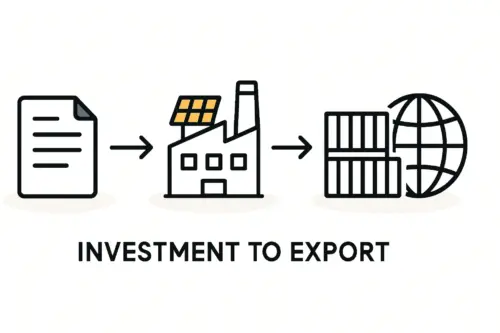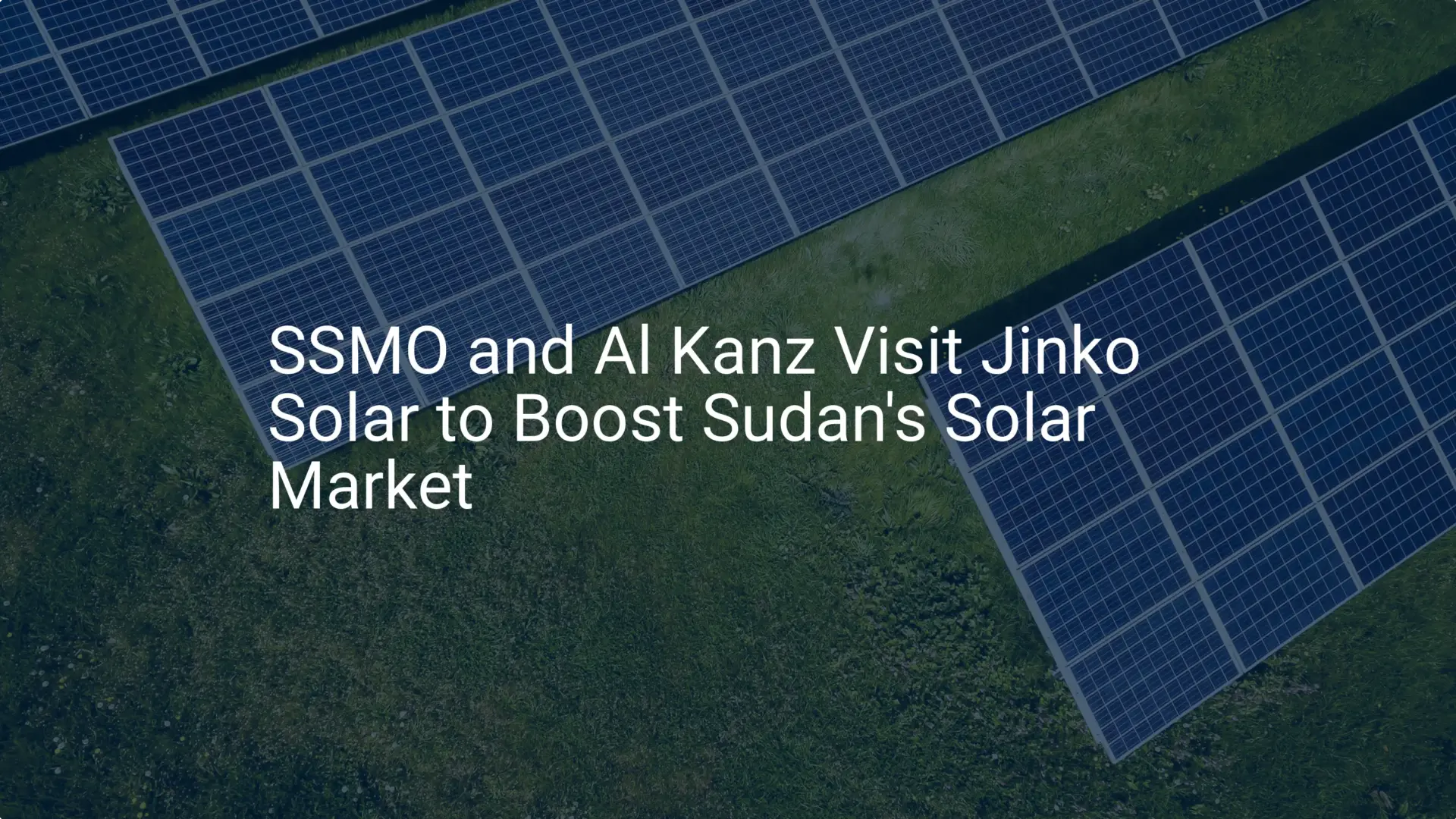For an entrepreneur considering the renewable energy sector, the question isn’t whether solar power has potential in Sudan, but what it takes to transform that potential into a viable business. With some of the highest solar irradiation levels in the world, Sudan presents a prime opportunity for local solar module manufacturing. Transforming this concept into reality, however, requires a clear understanding of the financial commitments involved.
This analysis provides a detailed investment framework for establishing a 20- to 50-megawatt (MW) solar module production facility in Khartoum. It breaks down the primary costs—from land acquisition to operational expenses—offering a concrete financial model for professionals seeking to navigate this promising industry.
Key Investment Pillars for a Solar Factory
Establishing a manufacturing facility involves several key investment categories. A common challenge for new entrants is underestimating the scope of these costs beyond the primary production machinery. A comprehensive financial plan must account for land, infrastructure, equipment, and the working capital needed to sustain operations until the business becomes self-sufficient.
Based on experience from numerous J.v.G. turnkey projects, a successful launch depends on careful budgeting across four main pillars.
1. Land and Building Infrastructure
The foundation of any manufacturing operation is its physical location and infrastructure. A 20-50 MW facility has specific requirements to ensure a smooth workflow, from raw material intake to finished module dispatch.
Land Requirement: Approximately 5,000 square meters (sqm) of industrial land is necessary. This provides adequate space for the main building, storage, logistics, and potential future expansion.
Building Size: A standard production hall for this capacity is around 2,000 sqm, which houses the main production line, raw material storage, a finished goods warehouse, technical rooms, and administrative offices.
Estimated Cost in Khartoum:
- Industrial Land (5,000 sqm): €100,000 – €250,000
- Building Construction (2,000 sqm): €400,000 – €600,000
Securing a suitable location in one of Khartoum’s industrial zones is a critical first step, representing the foundational investment in the project’s fixed assets.
2. Turnkey Production Line Equipment
At the core of the factory is its production machinery. A turnkey line is a fully integrated solution, ensuring all machines work together seamlessly. This approach is highly recommended for entrepreneurs without a deep technical background in photovoltaics, as it minimizes integration risks and accelerates the setup process.
Ready to make big Profits?
The solar Industry is Booming
WE HELP NEWCOMERS to the solar industry start their own solar module production line. Customers can make BIG PROFITS by selling modules and finding investors, without wasting money and time on things they don't need!
A 20-50 MW line from a German engineering provider like J.v.G. Technology GmbH includes all necessary equipment for module assembly:
- Glass Loading and Washing Station
- Automated Stringer Machine
- Layup and Bussing Stations
- Electroluminescence (EL) Testers
- Laminator
- Trimming and Framing Machines
- Junction Box Application
- Final ‘Sun Simulator’ (IV) Tester
Estimated Cost:
- Turnkey Production Line (20-50 MW): €1,600,000 – €2,500,000
This investment covers the machinery, installation, commissioning, and initial operator training. As the single largest capital expenditure, it directly determines the factory’s output and product quality.
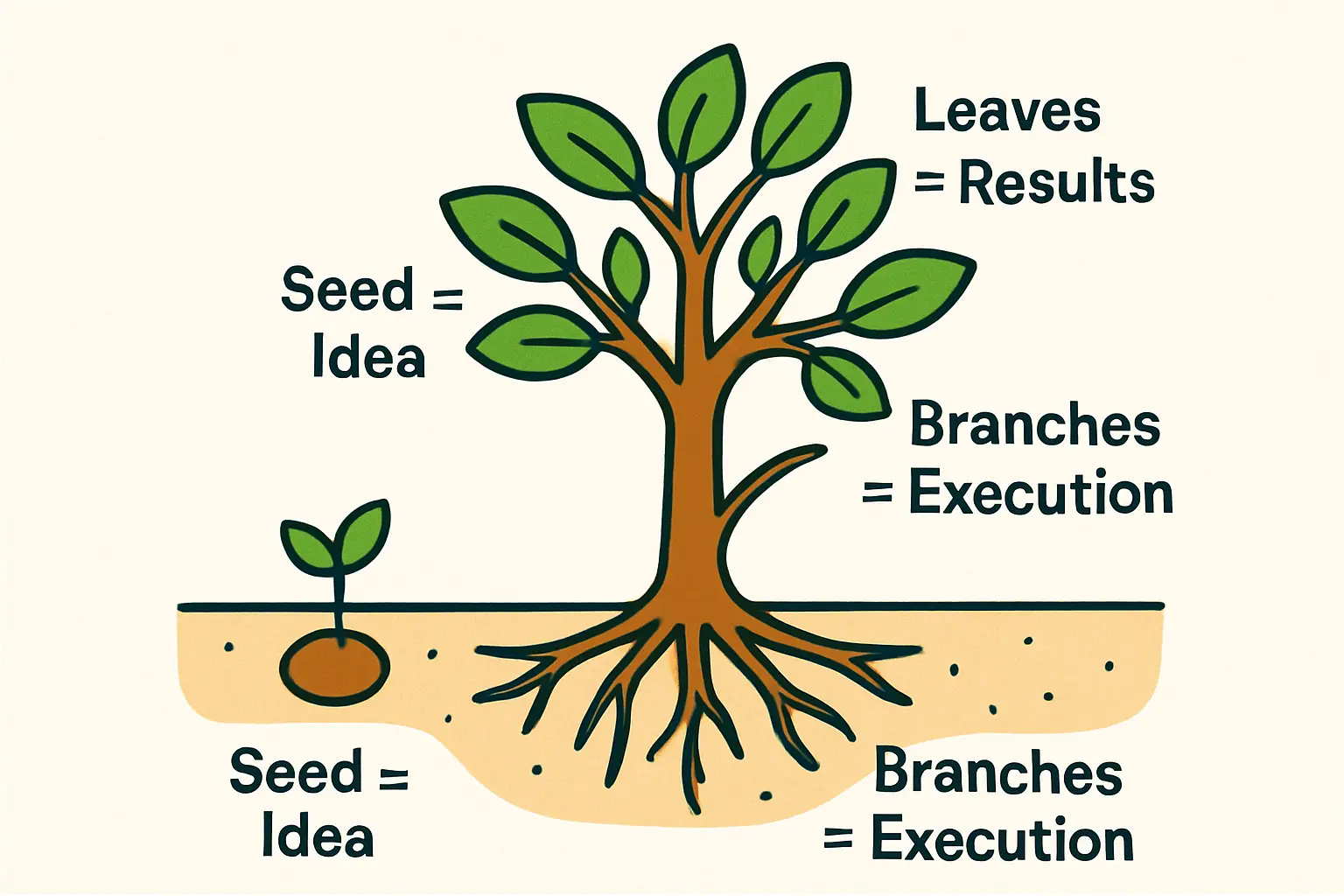
3. Raw Materials and Working Capital
A factory cannot begin production without the components needed to assemble solar modules. An initial stock of raw materials is needed to begin operations and fulfill the first orders.
Key Raw Materials:
- Solar Cells
- Solar Glass
- EVA (Ethylene Vinyl Acetate) Film
- Backsheet or Rear Glass
- Aluminum Frames
- Junction Boxes
- Ribbon and Busbars
Estimated Initial Investment:
- Raw Materials for approx. 2 MW of production: €500,000 – €800,000
This inventory allows the factory to operate for the first few months, bridging the gap between production startup and initial revenue streams. This figure is a crucial part of the overall solar module manufacturing business plan.
4. Operational Expenditures (First Year)
Beyond the initial setup, a business must fund its day-to-day operations. These expenses, often called OPEX, must be covered for at least the first year before the factory generates consistent positive cash flow.
Primary Operational Costs:
- Labor: A 20-50 MW factory typically employs 25-30 people, including production operators, technicians, quality control personnel, and administrative staff.
- Utilities: Electricity and water are the main utility costs. While Khartoum benefits from high solar irradiation, a stable power supply is critical for sensitive machinery.
- Logistics and Shipping: Costs for importing raw materials and distributing finished modules.
- Maintenance and Consumables: Spare parts for machinery and other factory supplies.
- Overhead: Administrative, sales, and marketing expenses.
Estimated Cost:
- Operational Expenses (First Year): €400,000 – €700,000
Properly budgeting for these recurring costs is essential for long-term sustainability.
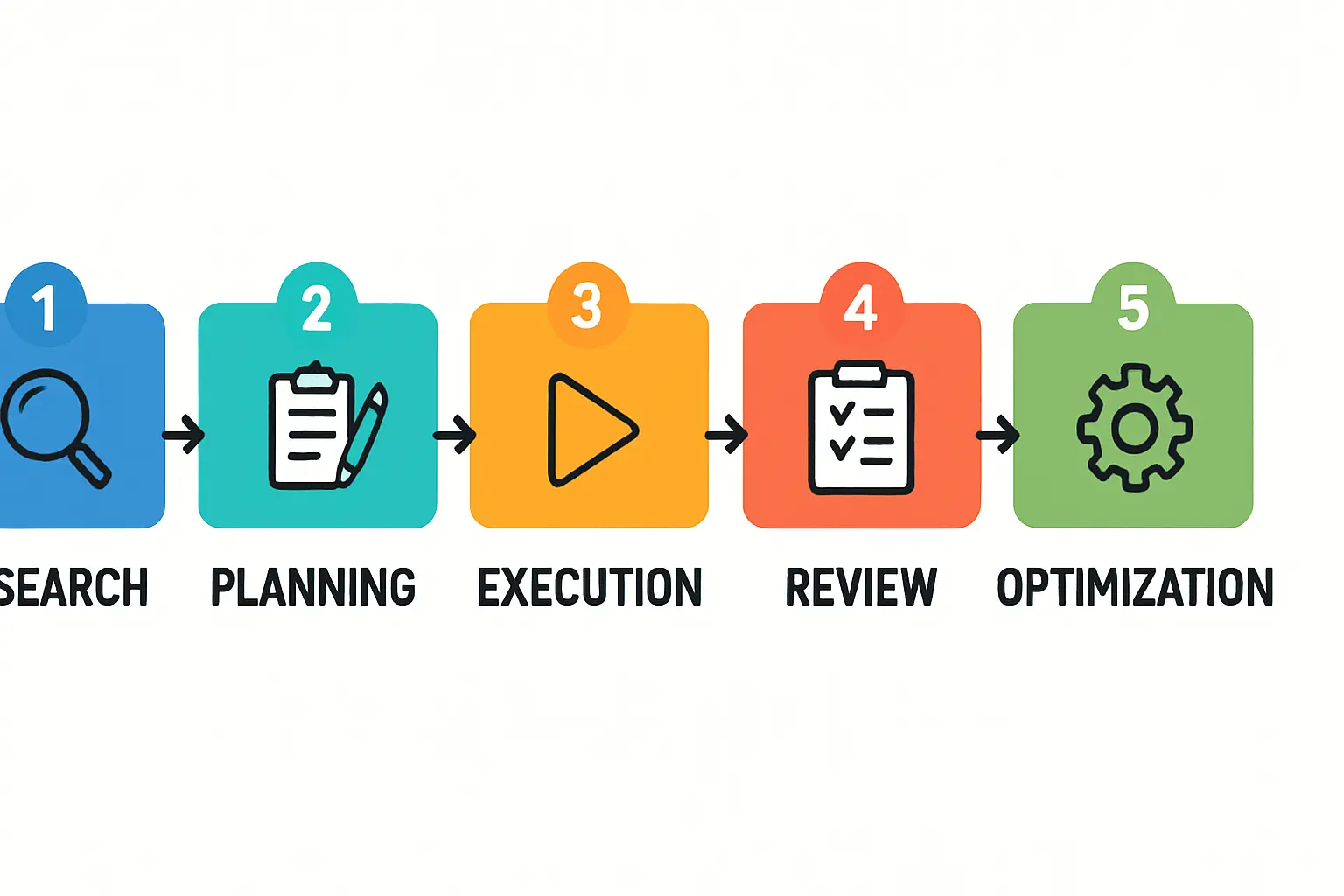
Total Investment Summary
Together, these four pillars provide a comprehensive financial overview for launching a 20-50 MW solar module factory in Khartoum.
| Category | Estimated Cost (€) |
|---|---|
| Land & Building | €500,000 – €850,000 |
| Turnkey Equipment | €1,600,000 – €2,500,000 |
| Initial Raw Materials | €500,000 – €800,000 |
| First-Year OPEX | €400,000 – €700,000 |
Total Estimated Investment: €3,000,000 – €4,850,000
This range provides a realistic financial target for entrepreneurs and investors. The final figure will depend on specific choices regarding land location, building specifications, and the final configuration of the production line.
Frequently Asked Questions (FAQ)
How many employees are needed for a 20-50 MW solar factory?
A facility of this size typically requires a workforce of 25 to 30 people. This includes skilled machine operators, maintenance technicians, quality assurance inspectors, warehouse staff, and a small administrative team to manage sales, procurement, and finance.
What is the typical timeline to get a factory operational?
With a structured project plan and a turnkey equipment partner, a new solar module line can be operational in under one year. This timeline generally includes:
- 3-4 months: Company formation, land acquisition, and building design.
- 6-8 months: Building construction and equipment manufacturing.
- 1-2 months: Equipment installation, commissioning, and staff training.
What are the main risks to consider?
The primary risks for a new manufacturing venture include supply chain disruptions for raw materials, securing a stable and qualified workforce, and establishing reliable sales channels. A thorough business plan should include mitigation strategies for each of these factors, such as diversifying suppliers and investing in comprehensive employee training programs. The pvknowhow.com platform provides structured e-courses to help prospective owners prepare for these challenges.

Why is local manufacturing important in a market like Sudan?
Local manufacturing creates skilled jobs, reduces reliance on imported goods, and can shorten delivery times for large-scale solar projects. For a country like Sudan, with vast solar resources but a developing grid infrastructure, a domestic supply of modules can accelerate the adoption of solar energy for industrial, commercial, and residential use, contributing to greater energy independence.
Next Steps in Your Journey
This financial model provides a solid foundation for your planning. The next logical step is to develop a detailed solar module manufacturing business plan that customizes these figures for your project, including in-depth market analysis, revenue projections, and a robust operational strategy.
Understanding the investment landscape is the first step toward building a successful enterprise in the solar industry. With careful planning and the right technical partners, entrepreneurs in Sudan can capitalize on the immense potential of solar energy.



